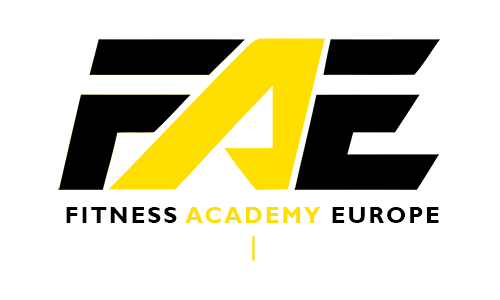A full-service SEO partner like WebFX, our parent company, provides you with all SEO services you need to ensure you’re ranking high on every platform that matters for your business. On-page and off-page SEO techniques can help your website rank higher on search engines, making it more discoverable to users. In this guide, we’ll dive into the main differences between on-page and off-page SEO.
Write Content with E-E-A-T in Mind
Buttons and links should be large enough to tap comfortably and spaced out to prevent accidental clicks. Touch-sensitive styles, such as enlarging buttons when tapped, enhance interactivity. Media queries also allow you to tailor button sizes and styles for various screen dimensions. Measuring and tracking these metrics can be done using tools like Google PageSpeed Insights, Lighthouse in Chrome DevTools, and the Core Web Vitals report in Google Search Console. But don’t rush to change your plans if you don’t see results in a day! Search engine optimization is a complex process that may take months before you see the first results.
- Additionally, the more links that a page or a blog post receives, the more Google will view it as something of “high value”.
- You could even be penalized if Google thinks you’re duplicating content for malicious reasons.
- You probably know that you should be using your main keyword and variations thereof throughout your content.
- This means it’s arguably one of the most important on-page SEO factors.
- Adam has a wealth of experience across Digital Marketing, SEO and software, and enjoys sharing his learnings from growing SEOptimer to an audience of over 100,000 monthly users.
- You’ll also want to mark up this information using local business schema.
Content optimization
On-page SEO is the first line of attack when it comes to ranking your website in Google, Yahoo and Bing. Properly optimizing your pages and content can lead to the quickest ROI for the amount of time and energy spent. In this article, you will learn about on-page SEO and how to properly optimize for websites. Effective image optimization is mostly just a matter of effort. Take the time to write descriptive, keyword-rich file names and alt text for every image – and make sure to compress them to keep your page loading speeds as slick as possible.
As a result, you’ll know exactly what to create content on next. There are some key on page things you should be implementing to improve your site functionality and experience. Check out more of our top SEO tools in this post about 11 SEO tools you should know.
It also means making sure your website has a high level of expertise, authoritativeness, and trustworthiness. On-page SEO (also known as on-site SEO) refers to the practice of optimizing webpages to improve a website’s search engine rankings and earn organic traffic. This is useful to visitors as this will ensure they find engaging information that speaks to their interests or needs. That will aid in extending dwell time, the time spent by a user viewing a page. If your site information is found useful by audiences, it will also encourage visitors to return. Pages with increased visits helps SEO, as it signals to search engines that your site is an authority on your chosen topic.
This way, it is quite easy to detect the network of spammy websites. This great case study by Reboot Online shows that outgoing links are probably used as a ranking signal by Google. We double-checked the importance of all the factors with this great list of SEO success factors by Cyrus Shepard, supported by case studies, expert opinions and statements from Google.
On the other hand, on-page SEO involves optimizing elements directly on your webpages, like content, meta tags, and internal links. Using relevant images provides context, communicates information in a user-friendly way, and breaks up large bodies of text. Using ALT tags on images improves site accessibility and is viewed positively by search engine crawlers. The part of SEO that involves optimizing a website’s content and source code is known as on-page SEO (as opposed to off-page SEO). In other words, on-page SEO is the work you put into revising and developing your webpages. Now that you know what it takes to keep your on-page SEO in tip-top shape, you’re ready to optimize your content!
Pages that have a long loading time usually have higher bounce rates and lower average time spent on page. Simply upload your image and the tool create SEO-optimized alt text for the image that you added. To combat this you can make use of a concept called “keyword clustering”. Keyword clustering simply entails creating a group of related keywords that share the same search intent. Off-page SEO is all about the optimization of external page ranking factors that SEO Anomaly are not on your website.




